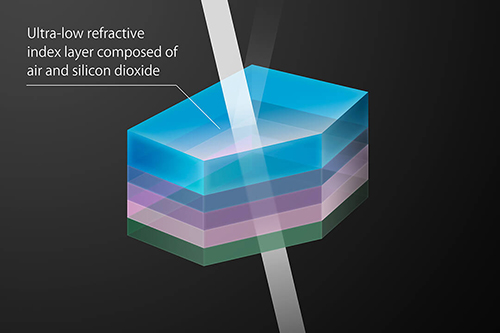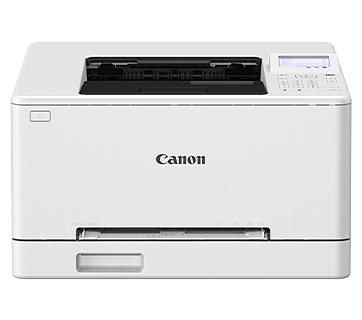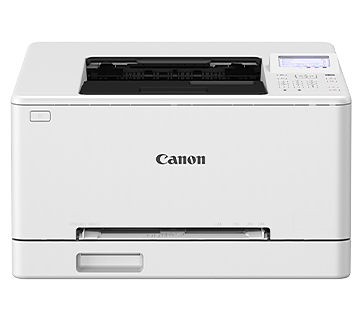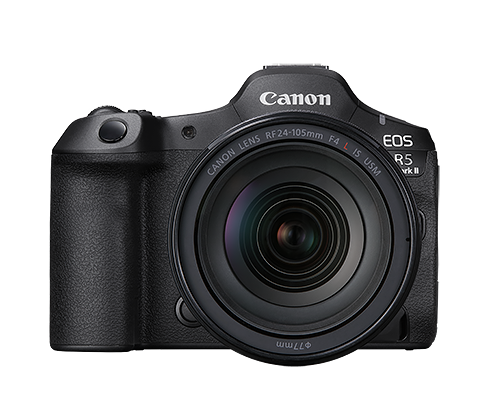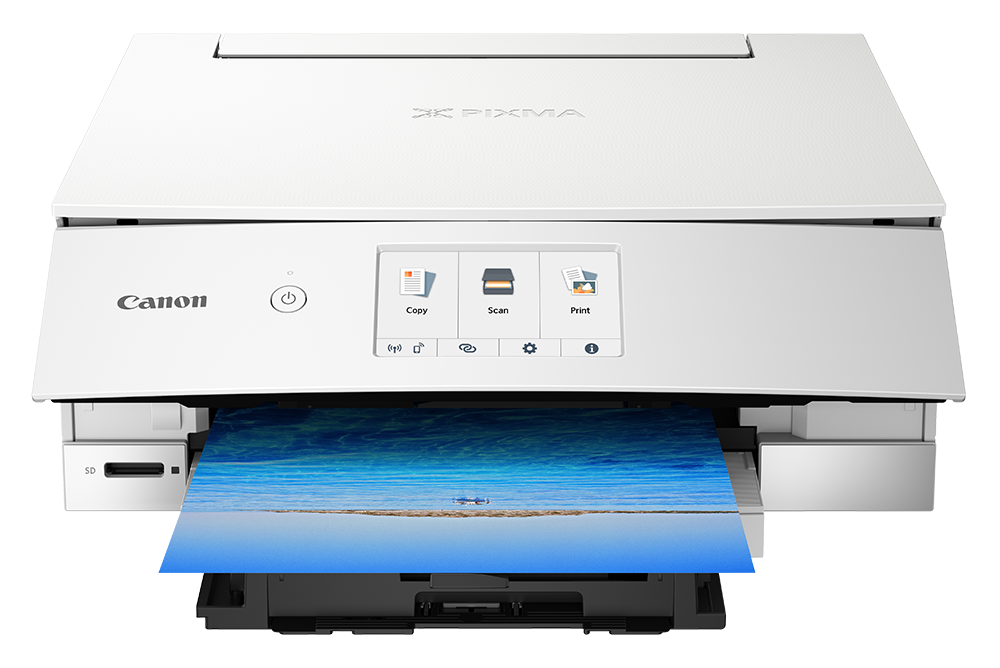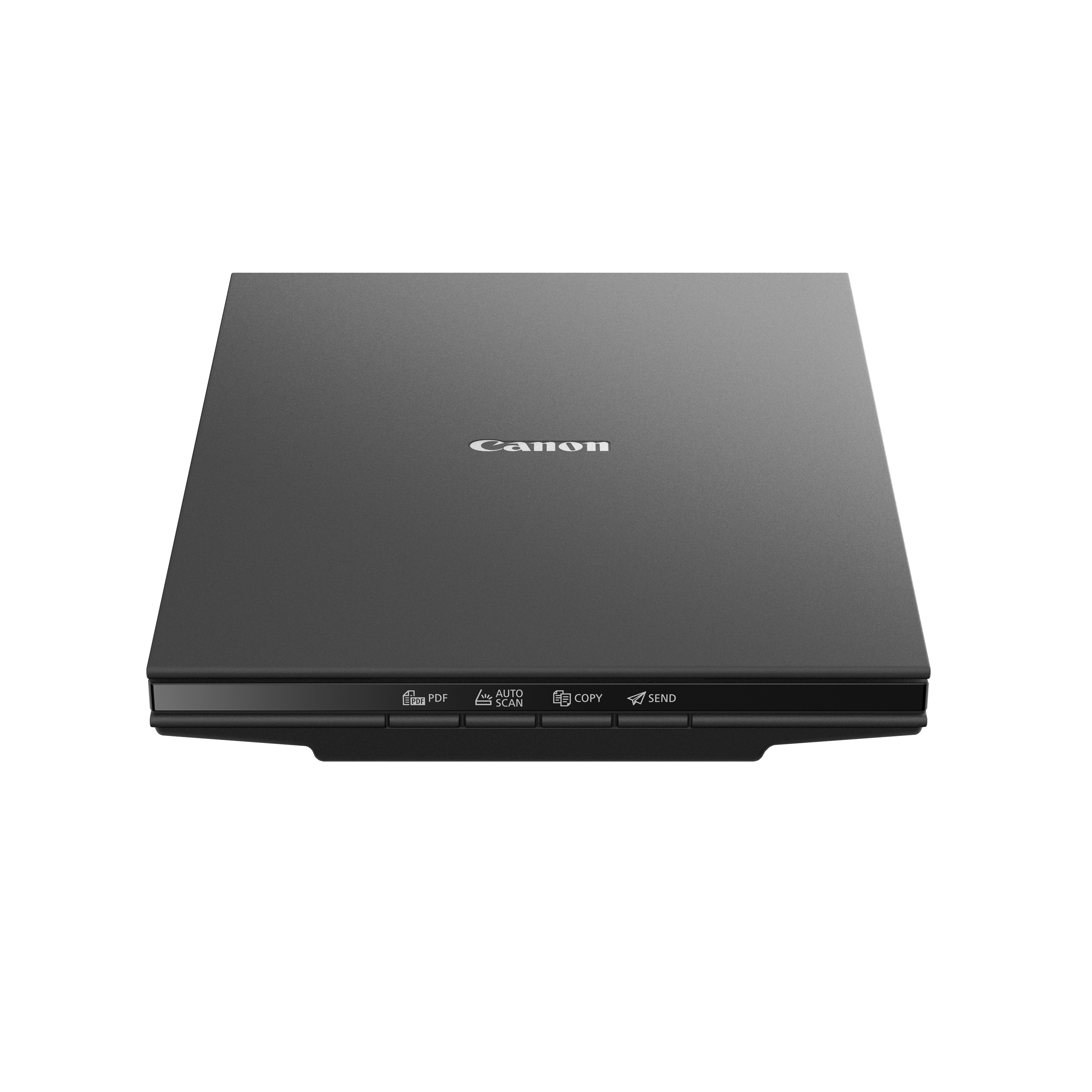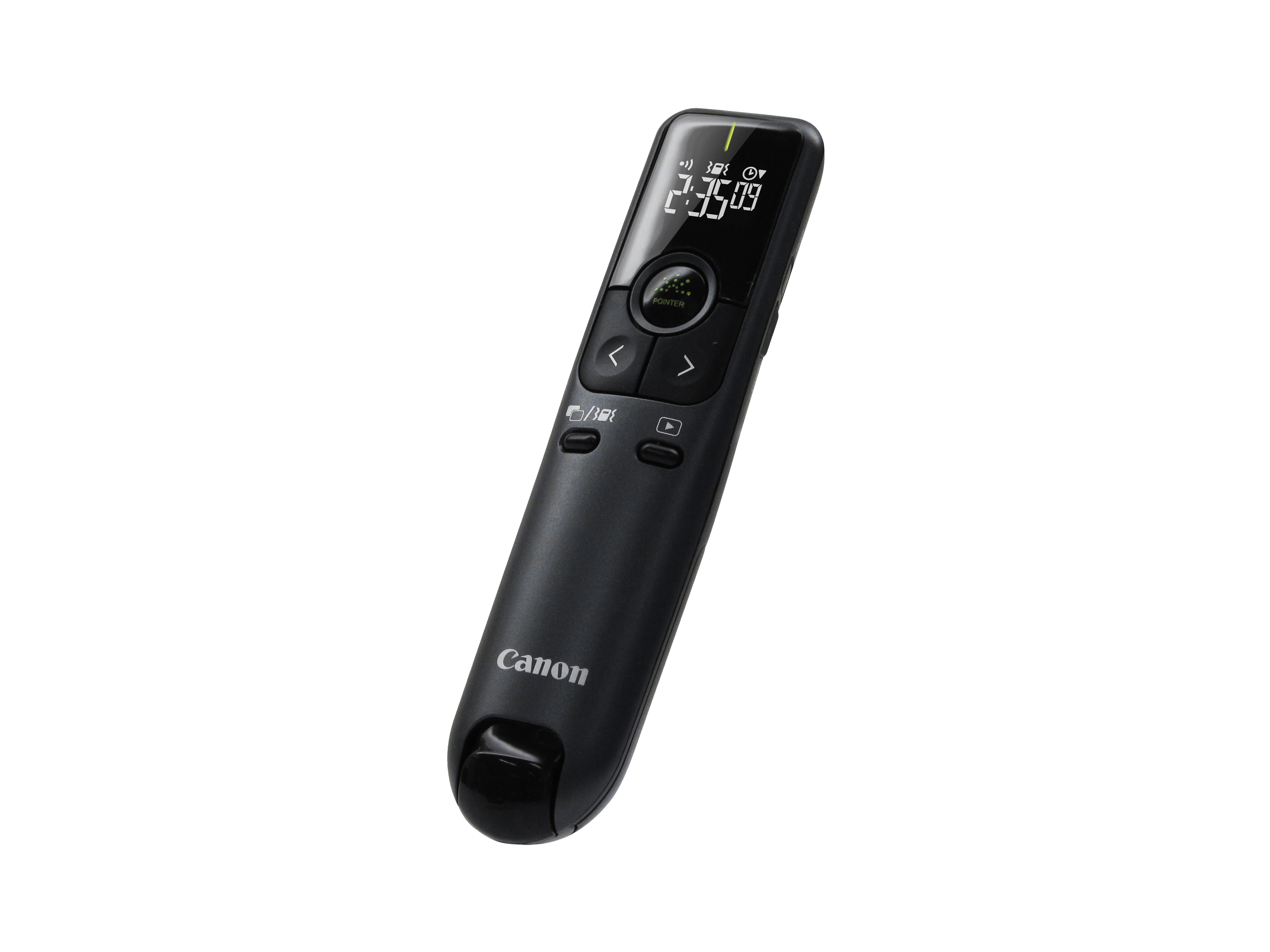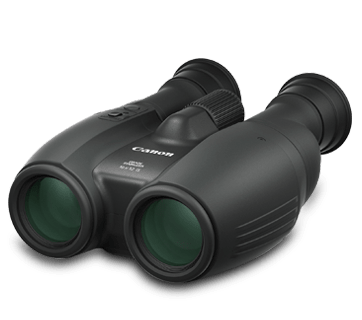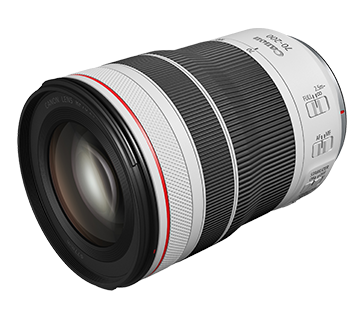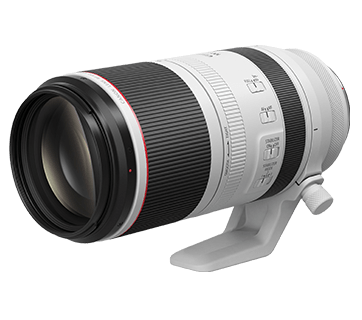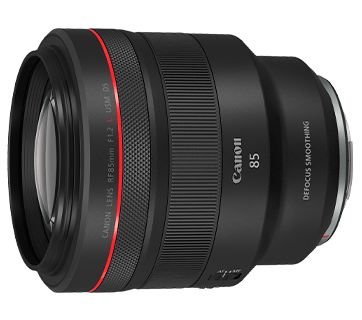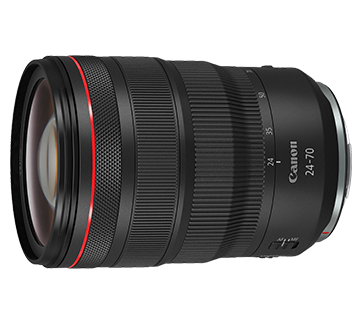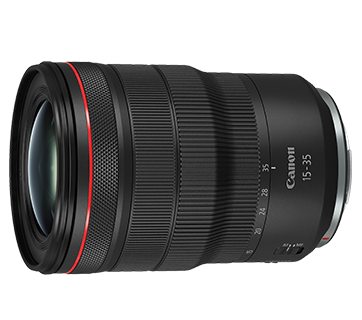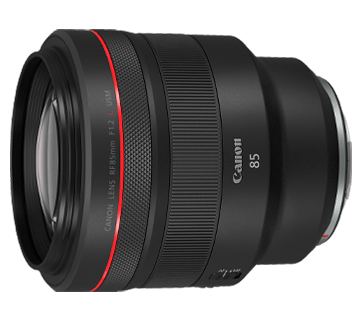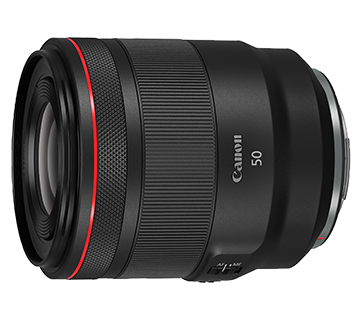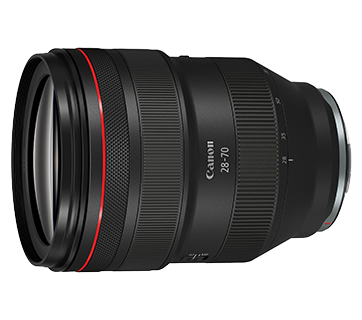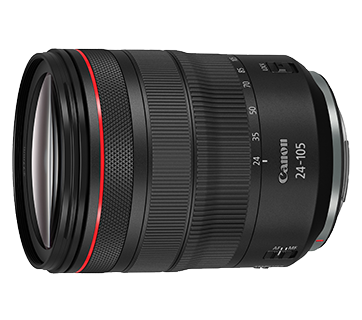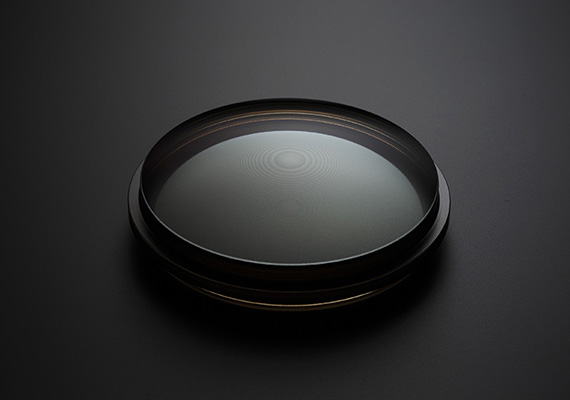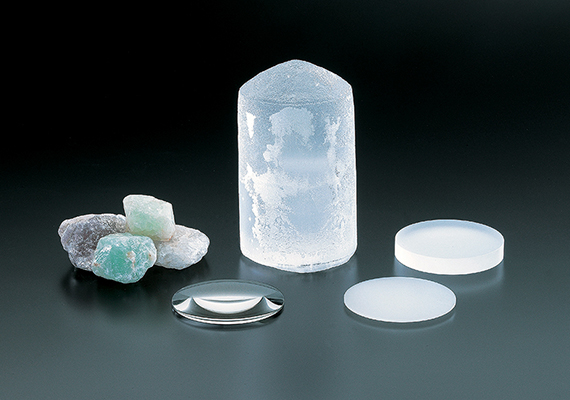Air Sphere Coating (ASC)
ASC (Air Sphere Coating) is a lens coating technology developed to enhance the anti-reflective properties of photographic lenses. Lens coating technologies developed by Canon include Super Spectra Coating for reduced ghosting and flare and consistent color balance, and the groundbreaking SWC (Subwavelength Structure Coating) that significantly increases antireflective effectiveness against light entering the lens at high angles of incidence. Used in conjunction with SWC, new ASC technology functions to further reduce the occurrence of ghosting and flare.

Ghosting and flare are caused when secondary reflections between the lens elements and the sensor cause light distortion or artifacts that can degrade image quality. When shooting against the sun or in other strongly backlit conditions, areas of the image may be obscured by white reflections (flare). Reflection may also cause distinctively shaped artifacts to appear in the image (ghosting). Newly developed to ensure that light strikes the surface of the sensor at an ideal angle, ASC is the most recent step in the evolution of Canon coating technology, conceived to prevent ghosting and flare.
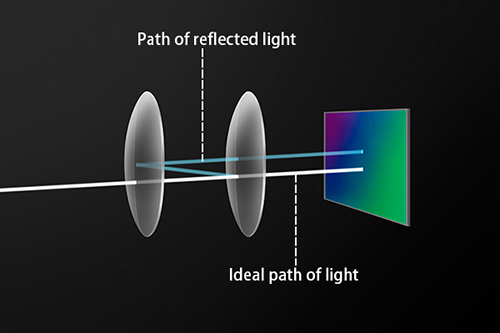
ASC is a new technology that applies a film containing silicon dioxide and air over the vapor-deposition lens coating to suppress the reflection of light. Incorporating air, which has a lower refractive index than optical glass, into the coating at a specific ratio forms an ultra-low refractive index layer. This results in exceptionally high anti-reflective performance, particularly for incidental light that enters at close to a vertical angle. With SWC working to prevent secondary reflection of light entering at high angles of incidence, incorporation of ASC ensures that light entering at both large and small incoming angles can be accurately controlled to effectively prevent ghosting and flare. As ASC can be applied to lens surfaces of various curvatures, it places fewer limitations on lens design.
